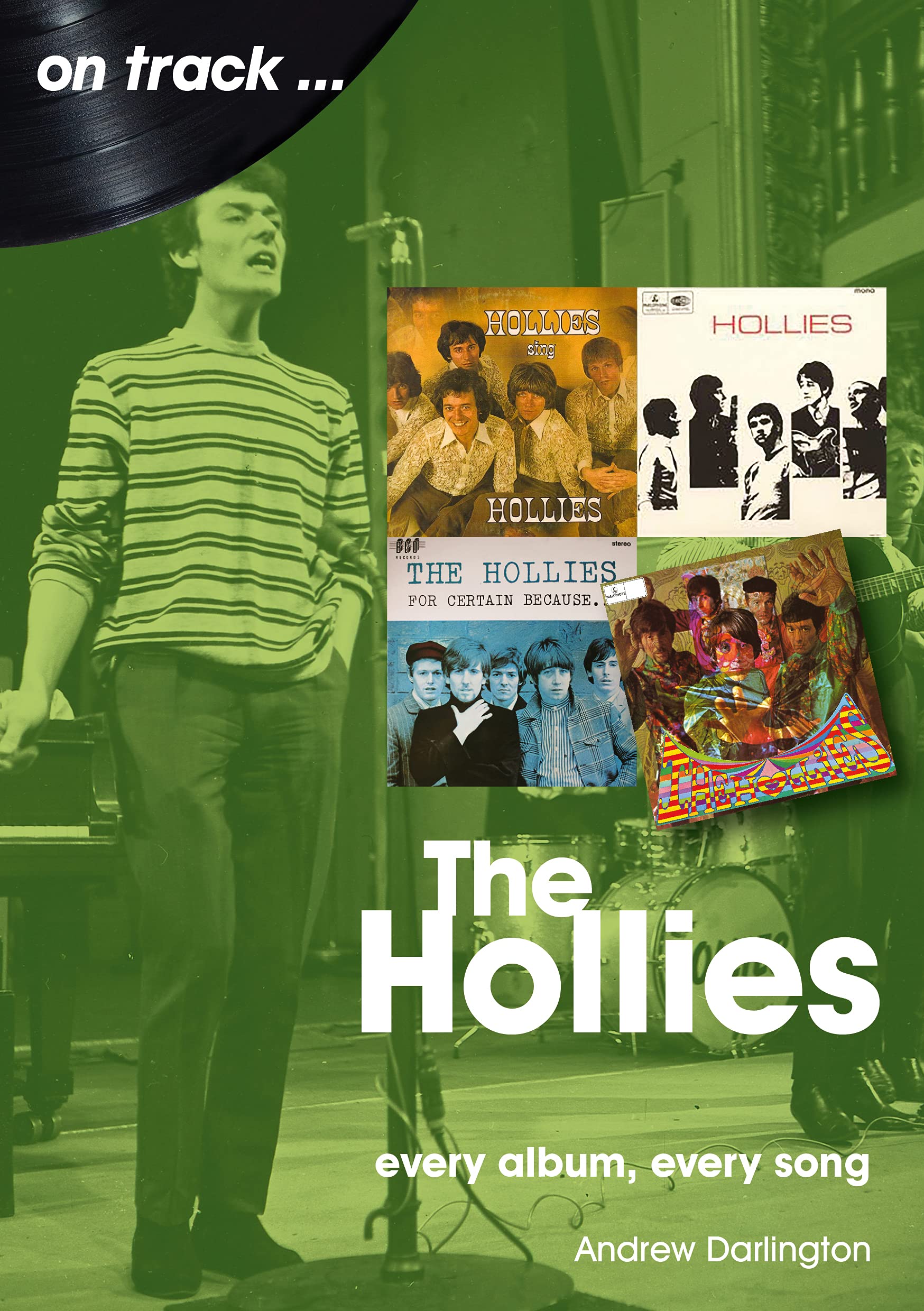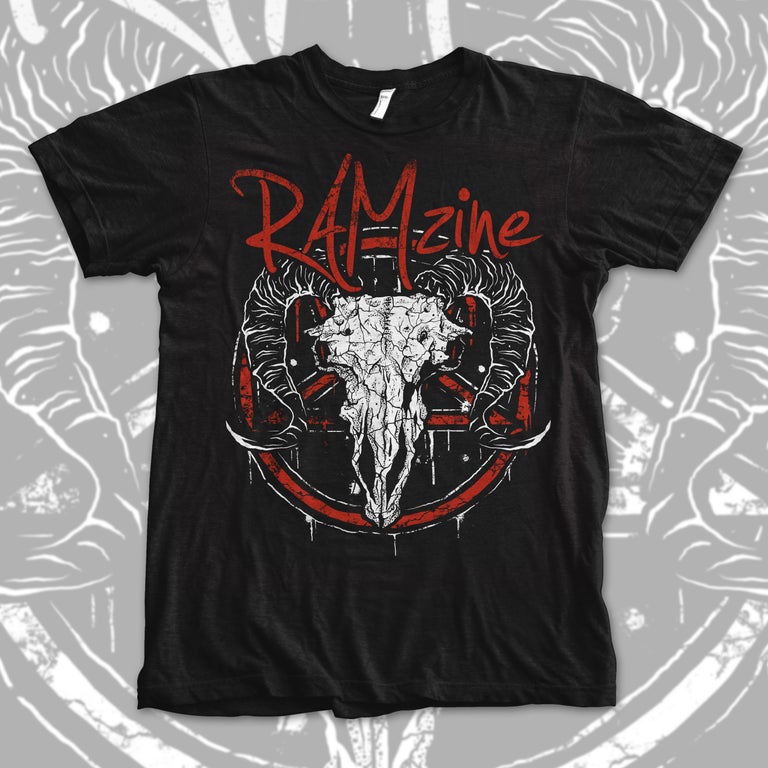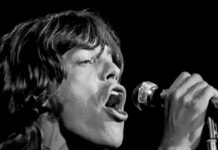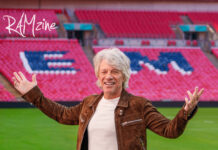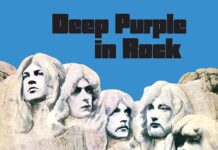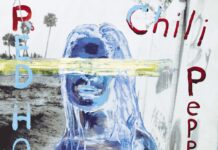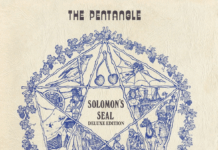Every music fan who knows anything about music in the 1960s knows The Hollies. They had a glorious run of classic hit singles during the swinging sixties, including such gems as ‘Just One Look’, ‘Stop Stop Stop’, ‘Look Through Any Window’ and ‘I’m Alive’, and have had twenty-seven hit singles. This includes several chart-topping songs, making their chart debut in the very week The Beatles, another band who didn’t do too badly in the ’60s, hit no1 with ‘From Me To You’.
Comprising Allan Clarke, Tony Hicks, Bobby Elliott, Bernie Calvert and Graham Nash, The Hollies were sober, clean-cut, polite and had a front line offering the kind of immaculate harmonies few bands could come close to matching. Their impact can be measured by the fact they’re one of the very few British bands known almost exclusively for their singles, alongside the Dave Clark 5, to be inducted into the Rock ‘n Roll Hall Of Fame. It’s a truism few outside their fervent fanbase could name more than a couple of Hollies albums.
Yet, during their lifetime .. yes, they’re still going strong and with two original members in the line-up .. they recorded something like twenty-five albums, though several were covers of the songs of other artists (Hollies Sing Dylan, 1969), greatest hits packages or ‘live’ albums.
Their first three albums, Stay With The Hollies, In The Hollies Style and Hollies were all recorded between 1964-5 and were albums of their time, which meant they were mostly cover versions of songs by established artists, such as Lucille, Rockin’ Robin and Lawdy Miss Clawdy, songs which were the staples of many bands at this time, though the Clarke-Nash song ‘Little Lover’ was included. One trick The Hollies did employ, due to contractual issues, was to write their songs under the name L Ransford, Graham Nash’s grandfather, and several songs were recorded under this title.
The albums, like the majority at this time, were largely unadventurous, recorded under the aegis of record labels who simply wanted hits. It wasn’t until they recorded their fifth album, 1966’s For Certain Because (their second album in 1966) when they became the first sixties band, after the Beatles and Stones, to record an album comprised solely of their own songs, showing they weren’t just a hits band specialising in sunshine pop harmonies, and they began dabbling in recording more experimental tunes, like ‘Pay You Back With Interest’ and ‘Tell Me To My Face’, while retaining the sound and harmonies they were known for. This was to be the beginning of the Hollies moving towards their mid-60s creative peak, which was ironic because it also created the conditions which would eventually lead to their most creative member leaving.
1967 was the Hollies Annus Mirabilis (Latin phrase that means “marvelous year”), which saw them releasing the two best albums of their career. Despite all the touring, they managed to write and record twenty-four songs which would be amongst their best.
Evolution was released on the same day as Sgt Pepper and was Graham Nash’s attempt at expanding the group’s repertoire and forging a new musical style with songs like ‘King Midas In Reverse’. It showed a band willing to experiment at a time when other hit bands preferred to stay with what they knew. But it was Butterfly that marked the Hollies creative zenith. It was an adventurous piece, very much an album rather than just a couple of singles and some filler tracks, falling somewhere between classics like Sgt Pepper and Forever Changes, and it was as close as the Hollies ever came to embracing psychedelia; with some good tunes and lyrics bordering on the naïve. But the band, or at least Nash, embraced the psychedelic wave with songs using overtly druggy references, such as Clarke’s Elevated Observation and Nash’s Maker, with its usage of a sitar. Butterfly was even included in ‘Record Collector’s’ list of 100 best psychedelic albums.
Nash was by now fully engaged with the zeitgeist, and his writing was incorporating topics the Hollies weren’t prepared to consider and, after deciding ‘Marrakesh Express’ wasn’t for them and instead, horror of horrors, were planning an album of Dylan covers (which they did, only to raise the question ‘what was the point ?’). Nash realised the creative gap between he and his erstwhile partners was now unbridgeable, so he jumped ship and relocated to LA, where he joined his new friends Crosby and Stills. They then released one of the most stunning debut albums of all time and become the voice of the counterculture at Woodstock. When Nash leaves the Hollies, the magic follows him and, while he becomes a superstar, the Hollies enter the 1970s with Terry Sylvester now on guitar and vocals, releasing several pleasant, unmemorable albums and playing the northern cabaret circuit. But though Sylvester was in the band, he didn’t replace Nash .. nobody could .. and their moment was gone.
Seventies albums like Confessions Of The Mind, Distant Light, Romany and Russian Roulette all have their moments, with pleasant and unthreatening tunes, but by now the Hollies were a well-established name and they drew crowds wherever they played, and still do, with their distinctive harmonies and a back catalogue of classic hits most 1960’s bands would sell their right arm to possess. They don’t need to try anymore and albums are no longer their priority. They’ve continued to release the occasional album though none have troubled the charts. But their run of mid-60s albums are most definitely worth a listen if you don’t know them, as it’s these which elevate them above most other hit bands of the time.

